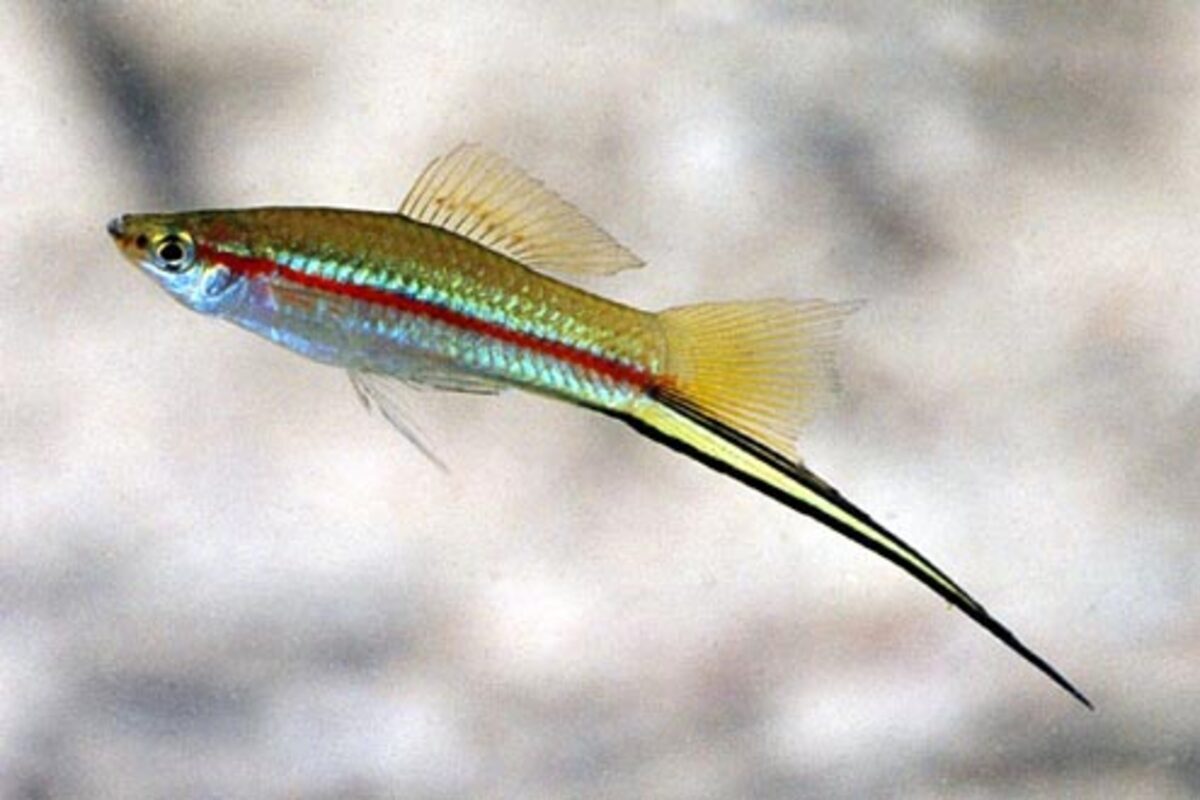Swordtails are mysterious creatures that inhabit shallow coastal waters and appear to come from prehistoric times. They are considered one of the oldest living organisms on Earth and are often referred to as living fossils. Despite their unusual appearance, these animals play an essential role in biology, medicine, and environmental science. Their history, anatomy, and scientific importance reveal many fascinating details you may not know. Below is a collection of captivating facts that highlight the uniqueness of swordtails.
- Swordtails have existed on Earth for over 450 million years. This means they appeared long before the dinosaurs and survived all major extinction events, including the devastating Permian extinction.
- Although they resemble crabs or scorpions, swordtails are more closely related to spiders and ticks. Scientists classify them as chelicerates rather than true crustaceans.
- There are only four extant species of swordtails in the world today. They are found primarily along the coasts of North America and Southeast Asia in shallow coastal zones.
- A swordtail’s body is divided into three main parts: the prosoma (head), opisthosoma (abdomen), and a long, sword-like tail spine called the telson. This tail is used not for defense but to help them right themselves when flipped over.
- Swordtails have a highly specialized visual system. They possess up to ten eyes, including two compound eyes and several simpler ones distributed across their body that assist with detecting light and spatial orientation.
- Their blood is blue due to the presence of hemocyanin instead of hemoglobin. This copper-based protein efficiently transports oxygen in aquatic environments.
- Swordtail blood is extremely valuable in medicine because it contains amebocytes that rapidly clot in the presence of bacterial endotoxins. This property is used to test the sterility of vaccines, infusions, and medical implants.
- Every year, thousands of swordtails are harvested in the United States for blood collection, after which most are returned to the wild. Scientists are working on synthetic alternatives to reduce reliance on these animals.
- Despite their ancient lineage, swordtails are vulnerable to environmental changes. Pollution, habitat destruction, and overharvesting threaten their populations, particularly in Asia.
- Swordtails reproduce on shallow sandy beaches during high tides. Females lay thousands of eggs in sand pits, which are externally fertilized by males, often in large numbers.
- Their eggs are a crucial food source for many shorebird species. Red knots, for example, rely almost entirely on these eggs during their spring migration and depend on swordtail abundance for survival.
- Juvenile swordtails live in coastal waters for up to ten years before reaching sexual maturity. During this time, they molt multiple times, shedding their exoskeleton to grow.
- In some Asian countries, swordtails are consumed as food, although this practice is not widespread. In certain cases, it can be dangerous, as parts of their bodies contain toxins that may cause poisoning.
- In the folklore of some cultures, swordtails symbolize loyalty and longevity, as males and females are sometimes seen staying together during mating. This behavior is often referenced in traditional stories and legends.
- Swordtails are widely used in scientific research as model organisms. Studying them helps researchers better understand the immune systems of invertebrates and develop methods to combat infections.
- Scientists are also exploring the potential use of swordtail shells in biomedical materials. Their strong yet flexible structure may serve as a basis for developing new types of prosthetics and protective coatings.
- Swordtails lack chewing organs and instead use their appendages near the mouth to gather and process food. They feed on small organisms such as worms, mollusks, and organic debris from the ocean floor.
- Their behavior is influenced by lunar phases. Full moons and the resulting high tides often trigger mass beach gatherings for spawning.
- The exoskeleton of a swordtail is exceptionally dense and provides protection against many predators. However, dolphins, sharks, and large sea turtles can prey on them, especially juveniles.
- Due to their ability to survive in relatively stable environments over long periods, swordtails have become a symbol of evolutionary stability. Their anatomy has changed very little over hundreds of millions of years.
Swordtails are true living witnesses of Earth’s history, combining unique biological traits with tremendous value to science and medicine. These interesting facts show how extraordinary creatures can be hidden behind a seemingly simple appearance. You may not have known that these ancient animals help save human lives every day through their blood. By learning about swordtails, we gain a deeper understanding not only of evolution but also of the delicate balance between humanity and nature.





